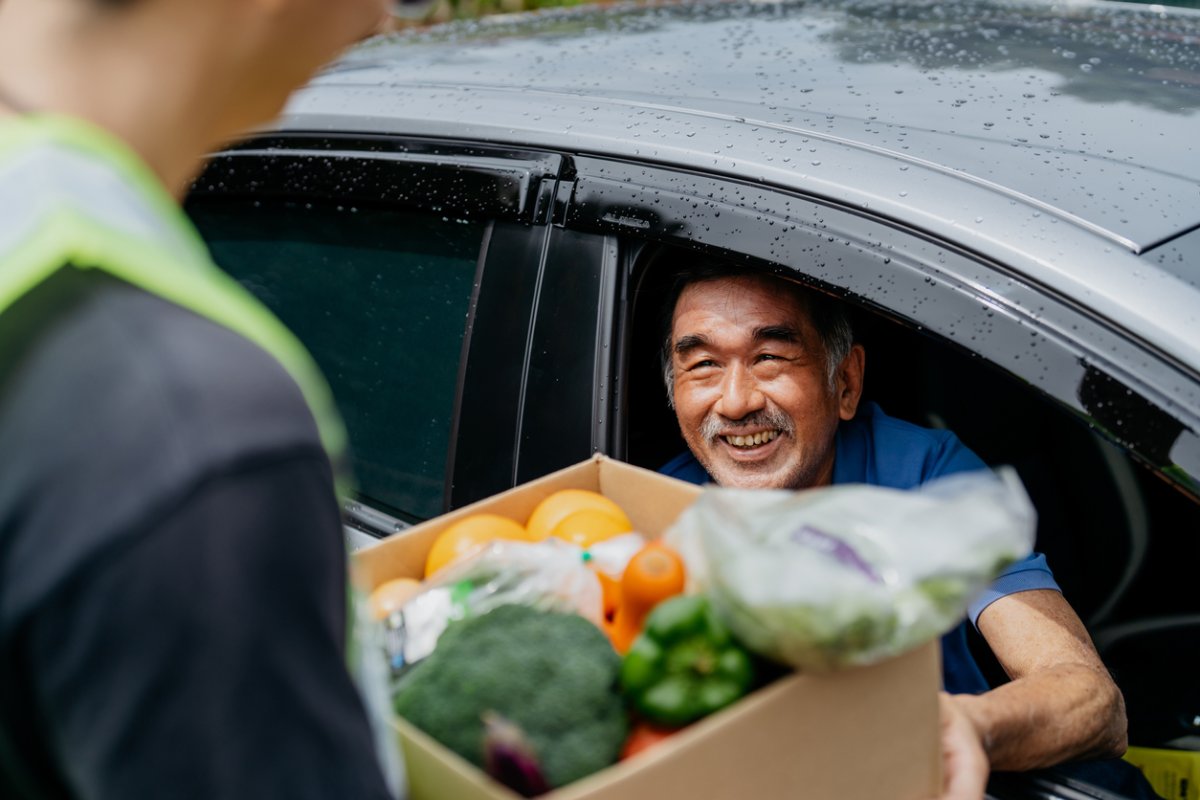We may earn revenue from the products available on this page and participate in affiliate programs. Learn More ›
Each year, tons of uneaten food goes to waste, while millions of households in the United States experience food insecurity. While it’s important that companies and organizations make responsible food waste decisions, home gardeners and individual donors can also do their part. Those who find themselves with lots of extra veggies throughout the growing season can help by donating their surplus of fresh produce locally. From community fridges to food pantries and other donation sites, get familiar with nearby options.
Community Fridges
Community fridges are usually a grassroots effort to address neighborhood food insecurity by placing refrigerators in a public space for all to access. They help to feed neighbors while reducing food waste and building community. A group called Freedge offers an online database with a map and spreadsheet of locations worldwide so that users can easily locate one nearby. Freedge also provides guidance for starting one in your community if there isn’t a Freedge locally.
RELATED: 12 Raised Garden Bed Plans for Building Your Ideal Plot
Food Pantries
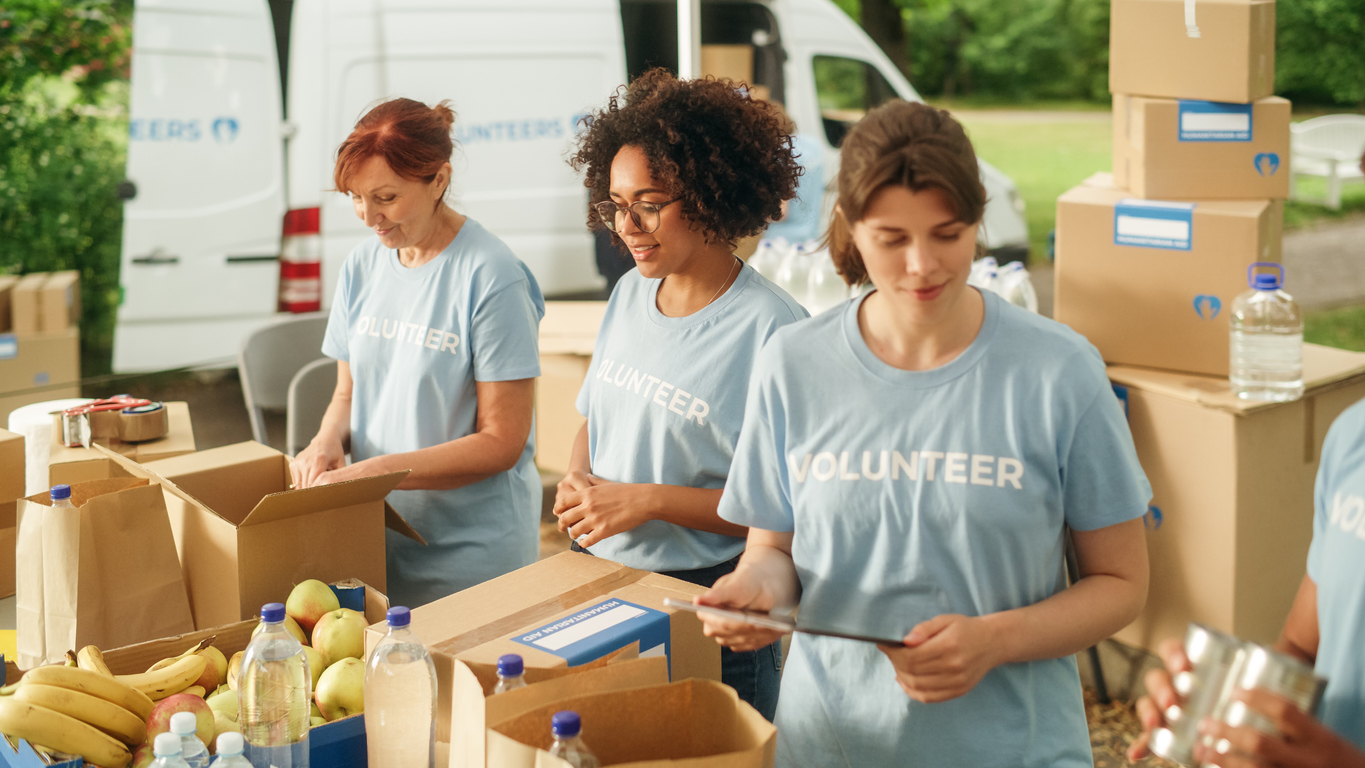
A food pantry usually collects food from donations or food banks and distributes it directly to the individuals in the community. There are several ways to find a local pantry. AmpleHarvest.org is a free nationwide registry that matches donors with local food pantries. They even allow users to search by donation days. A few other sites to try include WhyHunger.org, FoodPantries.org, and FoodFinder.us. All of them allow users to search by zip code. Not all pantries accept fresh produce, so it’s important to call ahead before making a drop-off.
RELATED: The One Drawback of Backyard Vegetable Plots Most New Gardeners Overlook
Mini Pantries
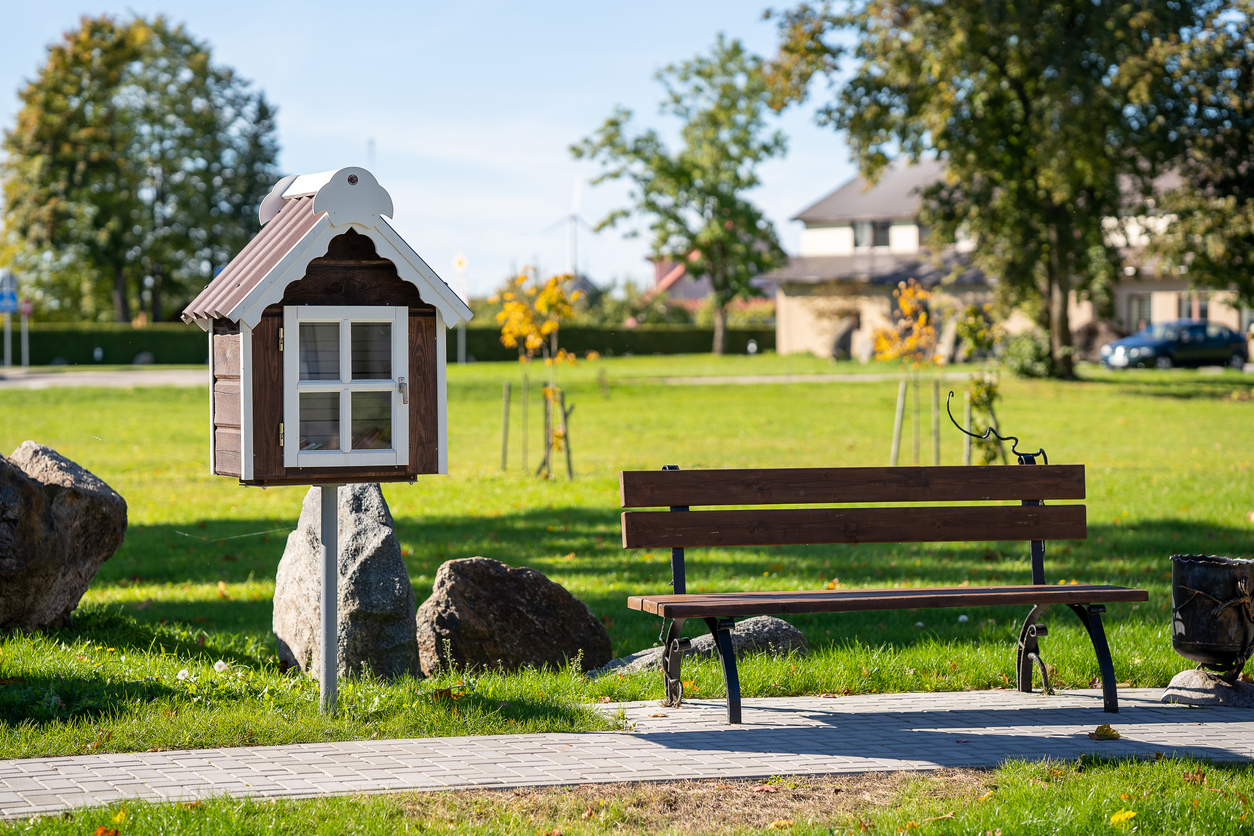
The mini pantry movement is a grassroots effort aimed at meeting the immediate needs of local individuals and families experiencing food insecurity. Modeled after the Little Library movement, Blessing Boxes are simply a box placed on a wooden post containing food and personal care items. They are meant to fill in the gaps of larger organizations and make food truly accessible to those in need. Find local boxes by searching by zip code on LittleFreePantry.org, or register a new one. They even offer building plans on their site. Reach out to individual owners to make sure they are accepting fresh produce.
RELATED: The 16 Easiest-to-Grow Vegetables for Novice Gardeners
Local Buy Nothing Groups
There are likely people in your community who struggle with food insecurity. One way to donate your homegrown veggies to them directly is through the Buy Nothing Project on Facebook. Their motto is “Buy nothing. Give freely. Share the Bounty.” Each local group has a Facebook page dedicated to connecting people looking to give or find free items, ranging from furniture to food. Find one in your community by downloading the app at BuyNothingProject.org.
Religious Organizations
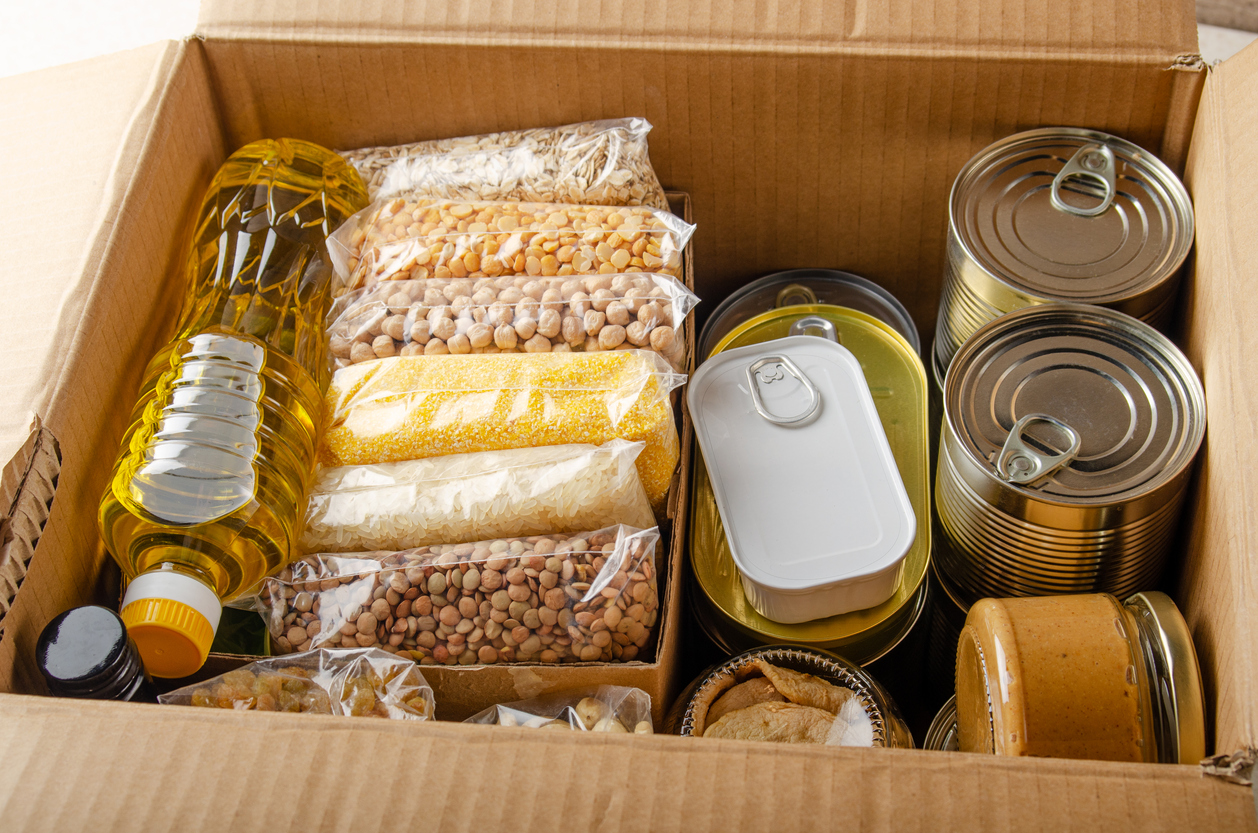
Local churches and other religious establishments often have a food pantry for their community. Try calling nearby organizations to see what they might be accepting. If they don’t take produce, they may be able to recommend a nearby donation site.
RELATED: Don’t Plant These 8 Vegetables in Containers
For Small Farmers Near Urban Areas
For small farmers near an urban area, it can help to look for organizations that rescue food from nearby farms. For instance, City Harvest is a New York City-based food rescue organization that collects food from more than 2,000 donors and delivers it to soup kitchens, food pantries, and other food programs.
Forgotten Harvest is a great example of a food rescue organization getting creative about food distribution. The Detroit-based nonprofit has mobile pantries, school pantries, and youth snack and summer lunch programs. Both organizations accept monetary donations and volunteer time for those who want to help but don’t have enough produce to donate.
RELATED: 12 Climbing Vegetables That Are Perfect for Compact Gardens
Food Banks
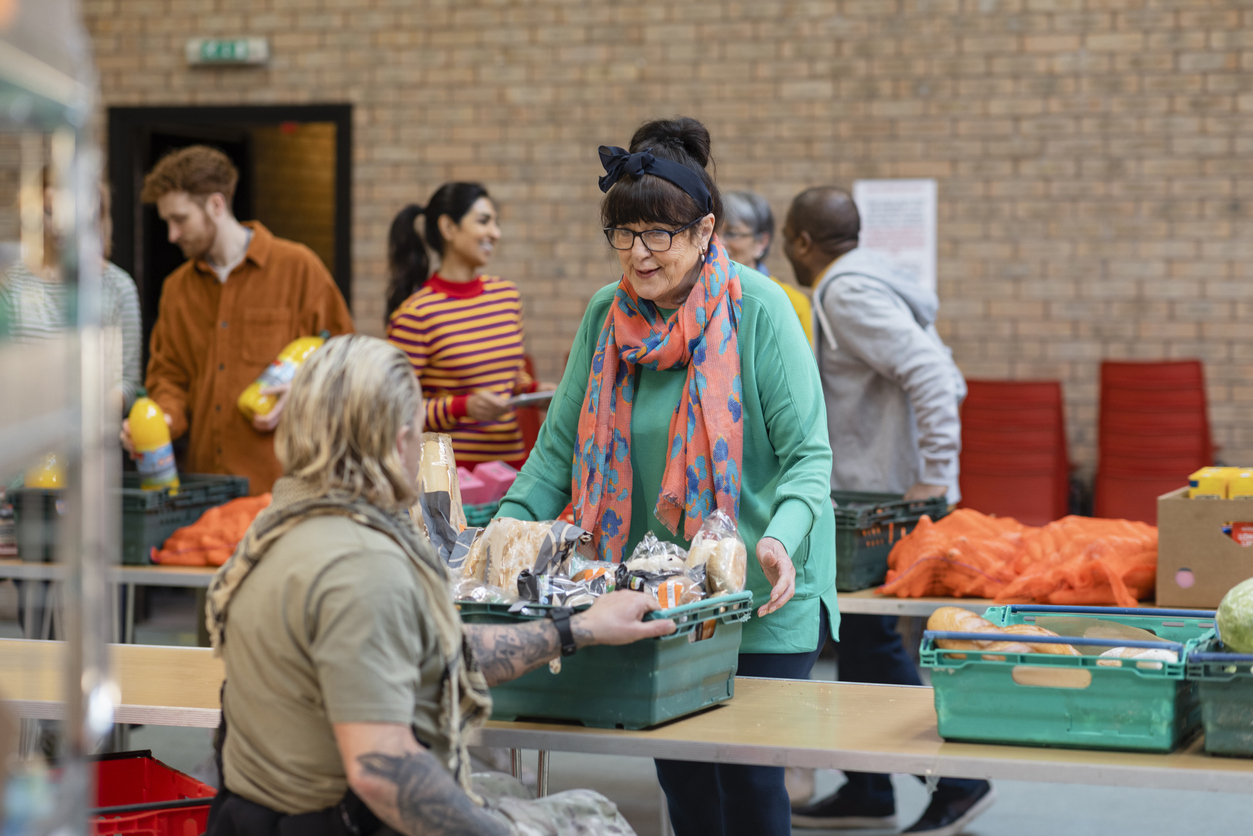
Local food banks collect, sort, and store food donations and then distribute them to local soup kitchens, shelters, and other meal programs. Those places then distribute those items to individuals in need. It’s easy to find a local drop-off site through FeedingAmerica.org, which has a map of locations and is searchable by zip code. Most food banks, however, will only take non-perishable items so canned veggies are preferable.
RELATED: 15 Vegetables That Grow in Shade
Handling Produce
Make sure to donate only good quality produce that has been handled carefully to limit illness. Make sure it’s clean and free of mold and insect damage or spoilage. Keep produce types separate in food-grade containers and bags.
RELATED: 12 Perennial Vegetables to Plant for Years of Fresh Produce
Liability
Donors may worry about liability when donating food to strangers. However, those who donate are protected under the law from legal action. The Bill Emerson Good Samaritan Food Donation Act ensures donors who have donated food in good faith are protected should any harm come later to the recipient.

